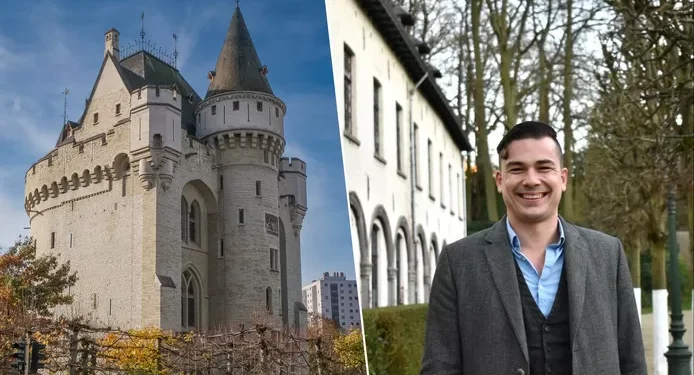Brusseler became known that the Royal Museums for Art and History (KMKG), among other things, no longer want to keep the Hallepoort Museum open. That is why a group of five people from Brussels wants to take on the operation to safeguard the future of the historic city gate. “Being a shame had to disappear a building with such an important historical value,” says one of the initiators.
Last month it became known that the Royal Museums for Art and History (KMKG) no longer want to keep the Japanese tower, the Chinese Pavilion and the Hallepoort Museum open. The tower and the pavilion are nowadays worse, and the losses accumulate in the former city gate. “The KMKG believe that a permanent closure of the Hallepoort and a transfer of this building to the region or the city would enable them to concentrate on the development of the two museums (Art & History and MIM) and the Horta Lambeaux Paviljoen ”, it sounded in the directors’.
But the city of Brussels and the Brussels Region also do not see a takeover of the Hallepoort. That is why five Brussels residents are now taking matters in their hands. “In recent weeks we have searched in various newspaper articles for what would happen to the historic city gate,” says Armel de Schreye, one of the initiators. “We had also contacted the cabinet of competent State Secretary Pascal Smet (One.Brussels-Vooruit). But for the time being it is still very unclear what the future will bring. “
Historical Value
That is why De Schreye wants to set up a cooperative together with a few others to operate the Hallepoort Museum itself. “The Hallepoort has been saved from the breaker several times in the past. But it is a building with an important historical value as one of the last remains of Brussels fortification. The collection includes armor of the Habsburgers, the history of the Brussels guilds and remains of the Coudenberg Palace. We want to avoid that historical value of the building is lost at the expense of a new hotel, for example. “
That feeling is also shared by local residents. “In the meantime, we have already heard about 50 other people who are willing to support our initiative,” De Schreye continues. “But we can’t hide anything. The Hallepoort Museum has effectively been very loss -making in recent years. On the other hand, the building has a lot of potential. Certainly in terms of marketing, much improvement is possible. For example, the old position as prison could be highlighted more, such as the “Torture Museum” that belongs to the Gravensteen in Ghent. This can be used to attract more tourists and visitors. Collaborations with folkloric organizations such as the Ommegang can also help with that. ”
January 15, the collective is launching crowdfunding and a petition. “We have already prepared a few slopes if we have to take the operation on us. For that we looked at examples of other historic buildings that are kept open by a cooperative, such as the castle of Reinhardstein or Château Montaigle near Yvoir. Although in an ideal scenario, the city of Brussels or the Brussels Region would take on the management. Whoever eventually becomes, we are satisfied as long as the future of the historic building is insured, “concludes De Schreye.
This article is originally published on hln.be




